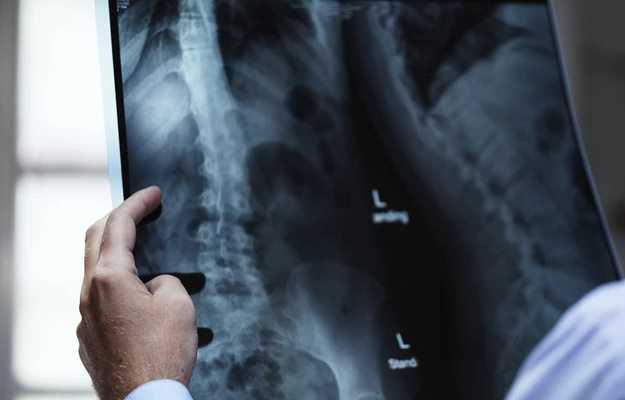What is osteomyelitis?
An infection of the bone, osteomyelitis is typically caused by bacteria and can be acute or chronic. The infection leads to the inflammation of the bone.
What are its main signs and symptoms?
The primary symptoms of this condition are:
- Pain in the bones
- Excessive sweating
- Fever
- Chills
- Uneasiness
- Swelling
- Feeling warm
- Pain in the area of infection
What are the main causes?
Bacteria tend to be the most common cause of bone infections; however, the bone infection may also be caused by fungi and other germs. Staphylococcus is the commonest species known to produce osteomyelitis.
In osteomyelitis, the bacteria may spread to the nearest bone through infected skin or muscles.
However, there are certain medical conditions which also put one at risk of getting osteomyelitis.
These risk factors are:
- Diabetes
- Poor blood circulation
- Recent injury
- Recent bone surgery
- Weak immunity
How is it diagnosed and treated?
There are several tests which can be used for diagnosing this condition. These tests include:
- Bone biopsy
- Bone scans like CT scan, DEXA
- X ray of the infected area
- Examination of the symptoms
- Complete blood count (CBC)
- MRI of the bone
These tests also help in determining the severity of a bone infection.
The treatment options for osteomyelitis include the use of antibiotics. These medicines help in getting rid of the bacteria which is causing the infection. These antibiotics take about 4-6 weeks to work and must be taken regularly to get rid of the infection completely.
If the antibiotics do not work and the damage to the bone has been severe, then surgery may be required to remove the dead bone tissue and prevent the infection from spreading.
Individuals with diabetes are at a much higher risk of developing a bone infection and in severe cases, amputation of the infected area may become necessary to avoid complications.

 OTC Medicines for Osteomyelitis
OTC Medicines for Osteomyelitis















